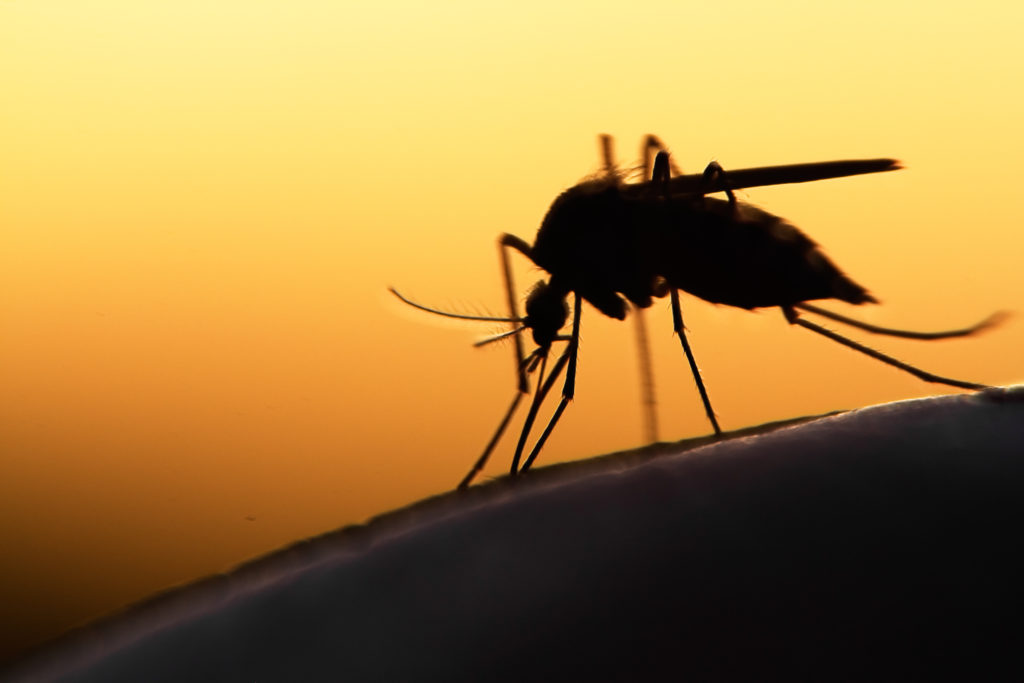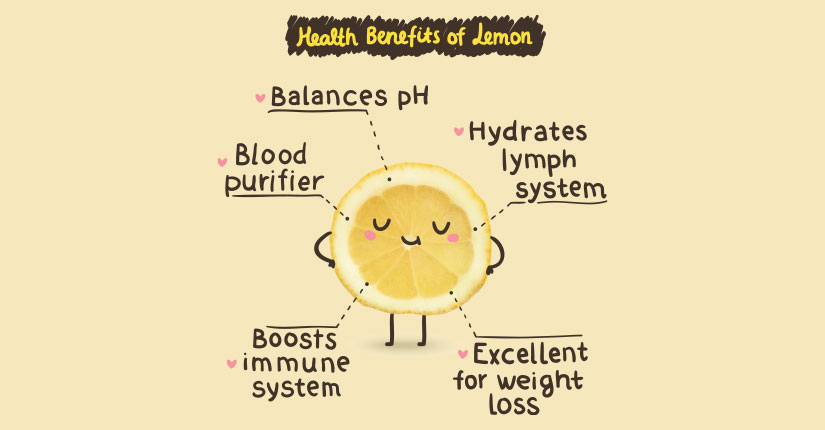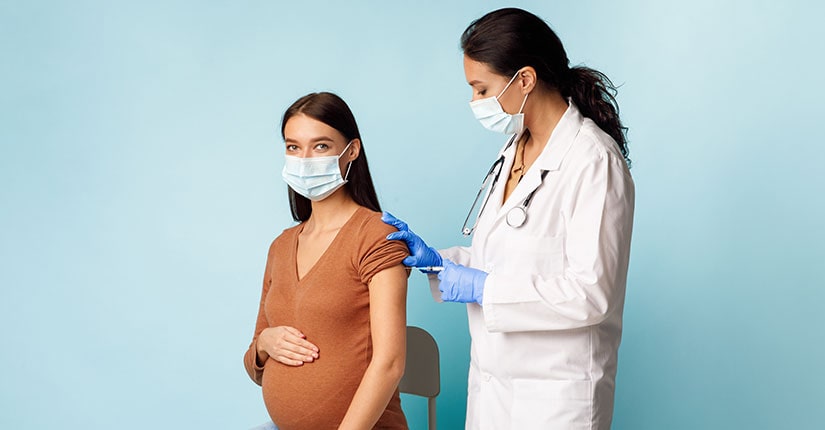WHO Tweeted About 5 Facts About Malaria
By Nmami Agarwal 29-Apr 2022 Reading Time: 4 Mins

According to the World Health Organization, malaria is a preventable and treatable disease that continues to have a devastating impact on the health and livelihood of people around the world. It is an acute febrile illness caused by Plasmodium parasites, which are spread to people through the bites of infected female Anopheles mosquitoes. There are 5 parasite species that cause malaria in humans, and 2 of these species – P. falciparum and P. vivax – pose the greatest threat. P. falciparum is the deadliest malaria parasite and the most prevalent on the African continent. P. vivax is the dominant malaria parasite in most countries outside of sub-Saharan Africa. The first symptoms are fever, headache, and chills, which usually appear 10–15 days after the infective mosquito bite and may be mild and difficult to recognize as malaria. Left untreated, P. falciparum malaria can progress to severe illness and death within a period of 24 hours.
In 2020, nearly half of the world’s population was at risk of malaria. Some population groups are at considerably higher risk of contracting malaria and developing the severe disease: infants, children under 5 years of age, pregnant women, and patients with HIV/AIDS, as well as people with low immunity moving to areas with intense malaria transmissions such as migrant workers, mobile populations and travelers.
World Malaria Day 2022 will be marked under the theme “Harness innovation to reduce the malaria disease burden and save lives.” No single tool that is available today will solve the problem of malaria. WHO is calling for investments and innovation that bring new vector control approaches, diagnostics, antimalarial medicines, and other tools to speed the pace of progress against malaria.
- Today is #WorldMalariaDay
- Malaria killed an estimated 627,000 people in 2020.
- 96% of malaria deaths occur in the WHO African Region.
- Children under five years are the most vulnerable group.
- We must achieve a #malaria-free Africa.
Prevention
Vector control is a vital component of malaria control and elimination strategies as it is highly effective in preventing infection and reducing disease transmission. The 2 core interventions are insecticide-treated nets and indoor residual spraying. Preventive chemotherapy is the use of medicines, either alone or in combination, to prevent malaria infections and their consequences. Since October 2021, WHO also recommends the broad use of the RTS,S/AS01 malaria vaccine among children living in regions with moderate to high P. falciparum malaria transmission. The vaccine has been shown to significantly reduce malaria, and deadly severe malaria, among young children.
Over To You:
The World Health Organisation aims at reducing the malaria case incidence and mortality rate by 90% by 2030. It is a deadly disease and needs instant action.





















